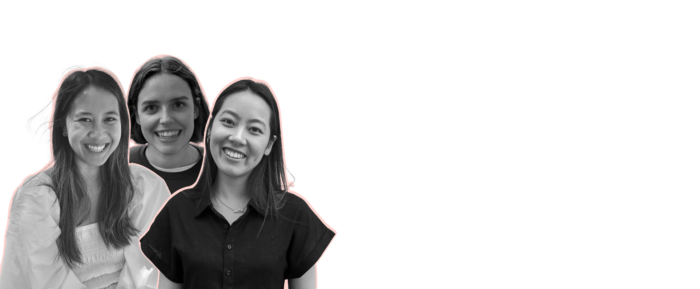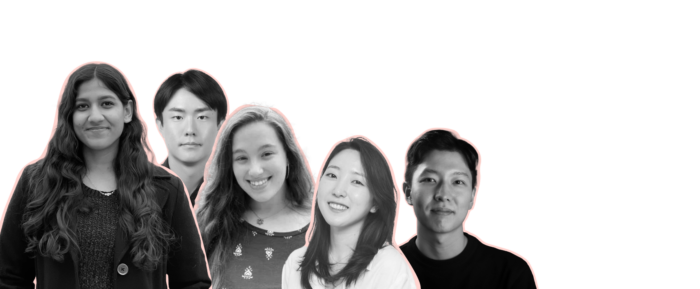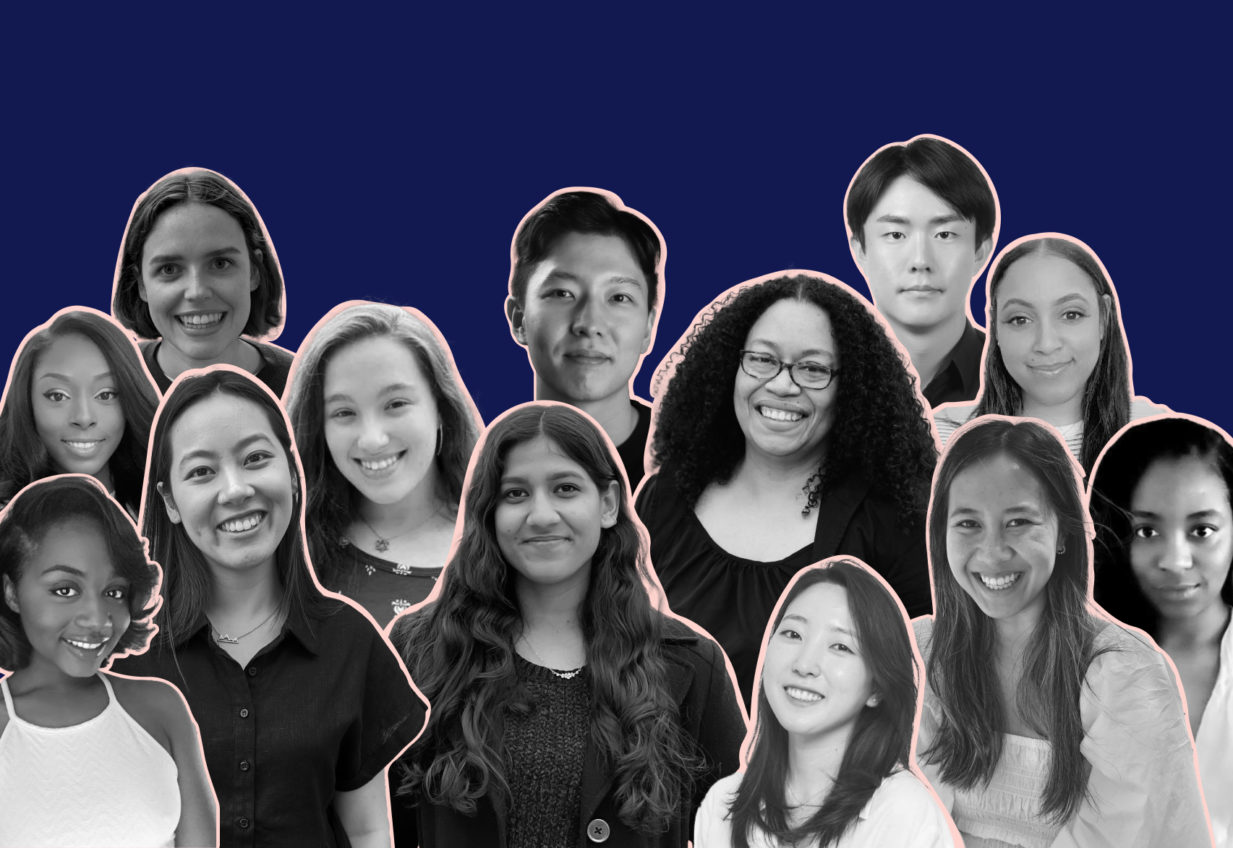People all over the world are increasingly turning to tech solutions to boost their mental health and general wellbeing. In fact, the Mental Health App Market is projected to reach US$3,709.3 Million by 2027 – which isn’t too surprising, given the global atmosphere of anxiety and uncertainty in recent times.
A key challenge will be ensuring that these tools are developed to support all communities, with inclusivity and accessibility carefully considered in development. We wanted to empower women to take up this challenge.
‘Mental Health For All’ was the core focus of our recent hackathon, run in partnership with Nike. We asked women to solve global problems and create inclusive experiences for all communities by using their unique and valuable tech skills.
Participants focused on creating innovative solutions for:
- Accessibility
- Inclusivity
- Remote care
- Education
- Self-help
And as expected, our community came through with incredible mental health app solutions. Read on to learn about the winning entries.

1st place: SafeSpace
Our winning entry ‘SafeSpace’ is an app designed to document violent or abusive workplace behaviours, while providing a space of relief and support for women of color.
It was developed in response to McKinsey research that found “women of color are more likely to face disrespectful and ‘othering’ microaggressions”, which perpetuate workplace trauma.
How it works:
- Journal – Upon entering the app, users can record how they’re feeling, and then complete an entry about what’s happened and how they’ve handled it (which ‘conflict type’ they used). These logs can be kept private or shared to the SafeSpace community.
- Community – Women can discuss issues, ask questions, or recommend resources and companies here.
- Inspiration – In this section of the app you can find motivating quotes and reminders.
- Resources – This section can connect black women to useful resources like articles, counselling services, or meditation exercises to help deal with trauma.
- Impact Dashboard – This page keeps track of how much the incidents of microaggression reported by SafeSpace users are costing organizations. (What an amazing piece of data to capture!)
Take a sneak peek at the SafeSpace prototype, or watch a video on how it works.
Team member Brittany Garrett said:
“This was my first hackathon and it’s been an amazing experience being able to combine creating an application for women like me with the technology to make it a solid mental health resource.”
And we love this comment from her teammate, Dr. Teresa Vasquez:
“I think about those who are too afraid to participate in a hackathon out of fear of rejection and failure and I want to change that stigma — especially for Black engineers. Our ideas and creativity are needed in tech and hacks like this one give us the opportunity to spread our wings and try out new ideas.”

2nd place: Wellbe
Our second place winners designed ‘Wellbe’ in response to the mental health care system’s overwhelm during the pandemic. With more people relying on family and friends for support, this team recognized the deep need to upskill more everyday people so they can help loved ones struggling with mental health.
The Wellbe app enables conversation about mental health, providing necessary tools to educate users about the signs and symptoms of mental health disorders and how to seek help.
How it works:
- Users complete a short quiz upon signing up, which then tells the app what sort of resources will be relevant for them.
- They’re then recommended content, and can search for further resources in the app.
- Users can even practise having important conversations about mental health by interacting with a chatbot. This gives them the opportunity to try different approaches and gain confidence speaking about mental health.
Watch this video to see how Wellbe works.
Team member Sophie Liu said:
“It’s been such a rewarding experience participating in the Girls in Tech Virtual Hackathon Mental Health For All. During the COVID lockdown, I completed a UX Design course and it was a really great way to put the new skills I had learnt to practice, whilst tackling an important issue that is so timely and personally relevant.”

3rd place: Bubbles
Our third place recipients chose to design an app, ‘Bubbles’, that helps users process and reframe uncomfortable mental health situations through fictionalization.
Through a chat interface, users can come up with fun, hypothetical reasons for why they’re feeling anxious, then save the story as a journal entry to look back on.
Take a look at how Bubbles works.
How it works:
- Users open the Bubbles app and a ‘virtual friend’ will ask them what they’re experiencing.
- The chatbot then asks the user to write out what they’re anxious about, and prompts them to reframe the anxiety or fear with a light-hearted spin.
- The story can then be saved for future reference.
- Bubbles also offers resources on how to manage anxiety, helping the user notice their triggers and decide on how best to respond when feeling anxious.
Team member Clare Lee said:
“I had an amazing time working with my team during this hackathon, as we tried to work as efficiently as possible while trying to build something that addresses people’s real needs within the time we were given.”
Congratulations to all our winning teams, and thank you to all of our amazing participants for putting in the time and effort to create life-changing technologies. You are the people that are going to change the world.
Watch out for more Girls in Tech Hackathons and challenges this year – they’ll be listed on our Events page!





